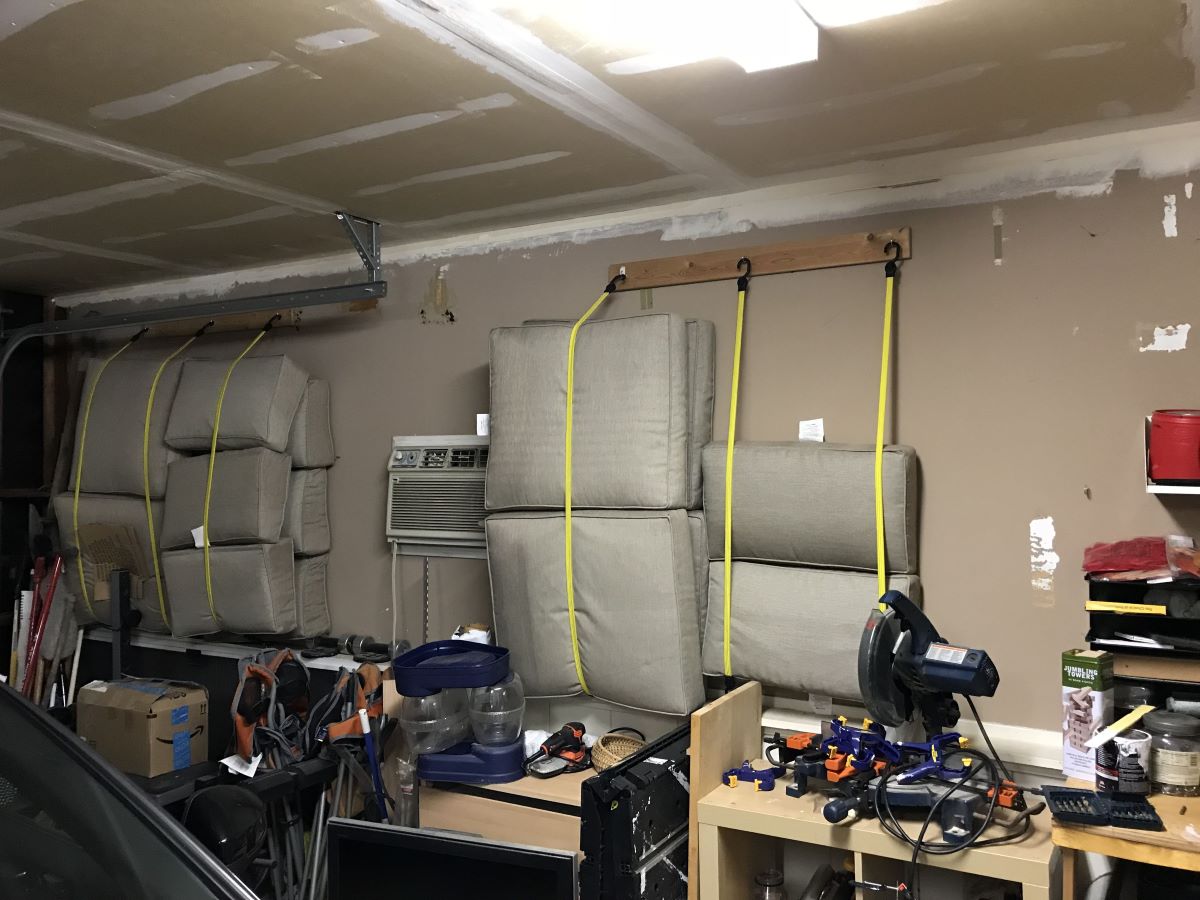

Articles
How To Store Patio Cushions In Garage
Modified: May 6, 2024
Learn the best methods for storing your patio cushions in the garage with these helpful articles. Keep your cushions protected and organized.
(Many of the links in this article redirect to a specific reviewed product. Your purchase of these products through affiliate links helps to generate commission for Storables.com, at no extra cost. Learn more)
Introduction
As the seasons change, it’s time to put away your patio cushions and prepare them for storage. While some may opt to store them outside, it’s generally recommended to store them indoors, such as in the garage. Storing your patio cushions in the garage not only protects them from the elements but also helps extend their lifespan. However, proper storage techniques are essential to ensure that your cushions remain clean, dry, and in good condition until the next outdoor season.
In this article, we will guide you through the steps to effectively store your patio cushions in the garage. From cleaning and preparing them for storage to choosing the right containers and monitoring their condition, we’ll cover everything you need to know to preserve the life and quality of your cushions.
By following these steps, you can rest assured that when spring arrives, your patio cushions will be ready to use again, looking and feeling as good as new.
Key Takeaways:
- Properly storing patio cushions in the garage involves cleaning, folding, and protecting them from moisture. Regular monitoring and maintenance ensure they remain in excellent condition for future use.
- Choosing the right storage containers and strategically storing the cushions in the garage are essential steps to safeguard them from potential damage. Following proper storage techniques preserves the cushions for many outdoor seasons to come.
Read more: How To Store Patio Cushions
Step 1: Clean and Dry the Cushions
The first step in preparing your patio cushions for storage is to make sure they are clean and completely dry. Over time, cushions can accumulate dirt, dust, and stains, which can cause them to deteriorate if not properly cleaned before storage.
Start by removing any loose debris from the cushions, such as leaves or twigs. Give them a good shake or gently brush off any surface dirt. Next, check the care instructions provided by the manufacturer to determine if the cushions are machine washable. If they are, follow the instructions for washing and drying accordingly.
If your cushions are not machine washable, you may need to clean them by hand. Prepare a solution of mild detergent and warm water in a bucket. Dip a soft brush or sponge into the solution and gently scrub the cushions, paying particular attention to any stains or soiled areas. Rinse thoroughly with clean water until all soap residues are removed.
After cleaning, it’s crucial to ensure that the cushions are completely dry before storing them. Excess moisture can lead to mold and mildew growth, which can severely damage the cushions. If the weather permits, place the cushions outside in a sunny and well-ventilated area to air dry. Flip them regularly to promote even drying.
If outdoor drying is not possible, you may use a fan or dehumidifier in a well-ventilated room to speed up the drying process. Avoid storing damp cushions as it can lead to musty odors and potential damage. Remember that the cushions must be fully dry before moving on to the next step.
Step 2: Remove any Debris or Stains
Before storing your patio cushions in the garage, it’s important to ensure they are free from any debris or stains. Removing debris and treating stains will help maintain the overall appearance and cleanliness of your cushions, preventing any potential damage during storage.
Start by performing a thorough inspection of each cushion. Remove any visible debris, such as leaves, dirt, or pet hair, by brushing or vacuuming the cushions. Be sure to pay attention to crevices and corners where debris may accumulate. Use a soft brush attachment or a handheld vacuum cleaner with low suction to avoid damaging the cushion material.
If you notice any stubborn stains on the cushions, it’s essential to treat them properly before storing. The appropriate stain removal method depends on the type of stain and the fabric of the cushions. Always refer to the manufacturer’s instructions for specific stain removal guidance.
For general stains, you can create a homemade cleaning solution by mixing a mild detergent or dish soap with warm water. Dampen a clean cloth or sponge with the solution and gently blot the stained areas. Avoid rubbing or scrubbing too vigorously, as this can spread the stain or damage the fabric. Rinse the area thoroughly with clean water to remove any soap residue.
If you’re dealing with specific types of stains like oil or grease, you may need to use specialized stain removers or solvents. Test any new cleaning product on a small, inconspicuous area of the cushion first to ensure it doesn’t cause discoloration or damage.
After treating the stains, allow the cushions to air dry completely before moving on to the next step. This will ensure that the cushions are clean and ready for storage, maintaining their quality and appearance throughout the off-season.
Step 3: Fold the Cushions Properly
Once your patio cushions are clean and free from any debris or stains, it’s time to properly fold them before storing. Proper folding techniques will help preserve the shape and integrity of the cushions while maximizing storage space in your garage.
Before folding, check the manufacturer’s instructions or guidelines for any specific folding recommendations. Some cushions may need to be folded in a specific way to prevent creases or damage to the fabric. If no specific instructions are available, follow these general folding guidelines:
- Start by ensuring that the cushions are completely dry. Moisture can cause mildew or musty odors during storage.
- If your cushions have removable covers, remove them before folding. This will help prevent wrinkles and maintain the shape of the cushions.
- Place the cushion flat on a clean and dry surface, such as a table or the floor.
- Fold larger cushions in half or thirds, depending on their size, so that they are more manageable for storage. Smaller cushions may be folded in half.
- Avoid folding the cushions too tightly, as this can cause permanent creases or deformities in the foam or stuffing.
- If you have multiple cushions, stack them neatly on top of each other, alternating the direction of each cushion to distribute the weight evenly.
Remember to be gentle when folding the cushions and avoid excessive force or pressure. Take your time to ensure that the folds are even and the cushions maintain their original shape as much as possible. Properly folding your patio cushions will help prevent them from becoming misshapen or damaged during storage.
Once folded, it’s a good idea to secure the cushions with adjustable straps, bungee cords, or twine to keep them in place and prevent them from unfolding while in storage. This way, you can stack them neatly without worrying about them shifting or getting disorganized.
Now that your patio cushions are clean, dry, and properly folded, they are ready for the next step: protecting them from moisture in the garage.
Step 4: Protect the Cushions from Moisture
Moisture is one of the biggest enemies when it comes to storing patio cushions. Excess moisture can lead to mold, mildew, and unpleasant odors. To protect your cushions and ensure their longevity, it’s crucial to take measures to keep them dry while stored in the garage.
Here are some effective ways to protect your cushions from moisture:
- Use moisture-absorbing packets: Place moisture-absorbing packets or desiccants, such as silica gel or activated charcoal, in the storage containers with the cushions. These packets will help absorb any excess moisture in the air and prevent it from reaching the cushions.
- Add moisture barriers: Consider using moisture-resistant barriers, such as plastic or vinyl covers, between the cushions and the storage containers or shelves. These barriers will provide an extra layer of protection against any potential leaks or humidity in the garage.
- Opt for elevated storage: If possible, store your cushions on elevated platforms or shelves. This will help keep them off the cold and potentially damp garage floor, reducing the risk of moisture seeping into the cushions.
- Monitor humidity levels: Invest in a hygrometer to monitor the humidity levels in your garage. Ideally, the humidity should be kept below 50% to prevent the growth of mold and mildew. If the humidity rises, consider using dehumidifiers or fans to reduce moisture in the space.
By taking these precautions, you can minimize the chances of moisture-related damage to your patio cushions. Remember to periodically check the moisture-absorbing packets and replace them if necessary. Additionally, inspect the cushions for any signs of dampness or mold growth during the storage period.
Properly protecting your cushions from moisture will help ensure that they remain in excellent condition and ready to use for the next outdoor season.
To store patio cushions in the garage, make sure they are clean and completely dry to prevent mold and mildew. Store them in plastic bins or vacuum-sealed bags to protect them from dust and pests. Keep them off the floor to avoid moisture.
Read more: How To Store A Patio Umbrella In The Garage
Step 5: Choose the Right Storage Containers
When it comes to storing your patio cushions in the garage, choosing the right storage containers is essential. The right containers will provide adequate protection from dust, pests, and potential damage while maximizing the available storage space. Here are some factors to consider when selecting storage containers:
- Size and shape: Choose containers that are spacious enough to accommodate your folded cushions without squishing or compressing them. Consider the dimensions and shape of your cushions to ensure a proper fit. If necessary, you can opt for multiple containers to avoid overstuffing.
- Material: Look for containers made of durable and sturdy materials, such as plastic or heavy-duty fabric. These materials will provide protection from dust and pests while keeping the cushions safe from potential damage.
- Lid security: Opt for containers with secure lids to prevent dust, dirt, and critters from getting inside. Check if the containers have locking mechanisms or tight-fitting lids to ensure that they stay closed during storage.
- Transparency: Consider choosing containers that are transparent or have clear windows. This allows you to easily identify the contents without having to open each container, saving you time and effort when retrieving specific cushions from storage.
- Stackability: If you have limited garage space, it’s beneficial to choose containers that can be stacked on top of each other. This will help maximize vertical storage space and keep your garage organized.
- Water resistance: Ensure that the containers are water-resistant or have a waterproof seal to protect your cushions from any potential leaks or spills that may occur in the garage.
Before storing your cushions, it’s a good idea to clean the storage containers thoroughly with mild detergent and water. Allow them to dry completely before placing the cushions inside. This will help maintain a clean and fresh environment for your cushions during storage.
Once you have selected the right storage containers, carefully place your folded cushions inside, making sure they fit comfortably without overcrowding. Close the lids securely, ensuring a tight seal to keep dust, pests, and moisture out.
Remember to label the containers with the contents or use a visual system such as color-coded labels. This will make it easier to locate specific cushions when you need them in the future.
By choosing the right storage containers, you can ensure that your patio cushions remain protected and in excellent condition until it’s time to bring them out for another outdoor season.
Step 6: Store the Cushions in the Garage
After preparing your patio cushions and choosing the right storage containers, it’s time to find the ideal spot in your garage to store them. Proper storage in the garage will help protect your cushions from potential damage and ensure they stay in good condition throughout the off-season.
Here are some tips for storing your cushions in the garage:
- Clean and declutter: Before placing your cushions in the garage, make sure the area is clean and free from any debris or clutter. Sweep or vacuum the floor to remove any dust or dirt that could potentially get onto the cushions.
- Elevate the cushions: Store your cushions on shelves or elevated platforms, if possible. This will keep them off the ground and reduce the risk of moisture damage. If you don’t have shelves, consider using pallets or plastic storage bins to create a raised surface for the cushions.
- Avoid direct contact with concrete: Concrete floors in garages can sometimes retain moisture, so it’s best to place a protective barrier, such as a tarp or plastic sheet, between the cushions and the floor. This will help prevent any moisture transfer.
- Organize strategically: Arrange the storage containers in a neat and organized manner, making sure there is enough space between them for proper air circulation. Consider stacking the containers if they are stackable, but avoid stacking them too high to prevent toppling.
- Keep away from potential hazards: Store your cushions away from any potential hazards, such as sharp tools, chemicals, or heavy objects that could accidentally damage them.
- Ensure proper ventilation: Good ventilation is crucial for maintaining the freshness and quality of the cushions. Keep the garage well-ventilated by opening windows or using fans to promote air circulation and prevent the build-up of stale air.
Remember to periodically check on your stored cushions throughout the off-season. Inspect them for any signs of moisture, mold, or pests. If necessary, take appropriate measures to address any issues and ensure the cushions remain in good condition.
By following these guidelines, you can store your patio cushions in the garage in a way that protects them from damage and maintains their quality until the next outdoor season.
Step 7: Monitor and Maintain the Stored Cushions
While your patio cushions are stored in the garage, it’s important to periodically monitor and maintain their condition. Regular checks and proper maintenance will help ensure that the cushions remain in optimal shape and are ready for use when the outdoor season rolls around again.
Here are some tips for monitoring and maintaining your stored cushions:
- Regular inspections: Periodically inspect the stored cushions for any signs of damage, mold, or mildew. Look for discoloration, foul odors, or any visible growth that may indicate a problem. Promptly address any issues to prevent further damage.
- Clean as needed: If you notice any dirt or stains on the cushions during your inspections, clean them promptly according to the appropriate cleaning methods mentioned earlier. Addressing stains and dirt as soon as possible will prevent them from becoming more difficult to remove over time.
- Rotate cushions: To prevent uneven compression and settling, rotate the cushions within their storage containers periodically. This will help distribute the weight and pressure evenly, ensuring that all cushions maintain their shape and integrity.
- Check for pests: Keep an eye out for any signs of pests, such as insects or rodents, that may have found their way into the storage area. If you notice any pest activity, take appropriate measures to eliminate them and prevent further infestation.
- Replenish moisture absorbers: If you are using moisture-absorbing packets or desiccants, check them regularly to see if they need to be replaced. Over time, these packets may lose their effectiveness, so it’s important to refresh them to ensure continuous moisture control.
- Adjust storage conditions: If you notice that the humidity levels in your garage are consistently high, consider using dehumidifiers or fans to control the moisture. Maintaining proper humidity levels will help prevent the growth of mold or mildew on your cushions.
By implementing these monitoring and maintenance practices, you can ensure that your stored patio cushions remain in excellent condition throughout their time in the garage. Regular checks and prompt actions will help address any potential issues and preserve the longevity of your cushions.
When the outdoor season approaches again, take the time to inspect and clean your cushions thoroughly before placing them back in use. Doing so will ensure that you can enjoy your outdoor space with fresh, clean, and comfortable cushions.
Conclusion
Properly storing your patio cushions in the garage is essential for preserving their quality and extending their lifespan. By following the steps outlined in this article, you can ensure that your cushions remain clean, dry, and in excellent condition until the next outdoor season.
From cleaning and drying the cushions to removing debris and stains, each step is crucial to prepare them for storage. Folding the cushions properly helps maintain their shape, while protecting them from moisture is key to preventing mold and mildew growth. Choosing the right storage containers and strategically storing them in the garage further safeguards the cushions from potential damage.
Additionally, monitoring and maintaining the stored cushions regularly allows you to address any issues promptly and keep them in optimal condition. Inspecting for damage, cleaning as needed, and controlling humidity levels are all important steps in the maintenance process.
By taking these steps and investing a little time and effort, you can ensure that your patio cushions are ready to enhance your outdoor space when the time comes. Following proper storage techniques not only protects your investment but also allows you to enjoy the comfort and beauty of your cushions for many seasons to come.
So, as you prepare to store your patio cushions in the garage, remember these steps and guidelines. With the right approach and care, your cushions will be well-preserved and ready to enhance your outdoor relaxation when the warmer days return.
Now that you've mastered storing patio cushions, why not tackle that cluttered garage? Our next guide offers inventive and practical garage organization strategies to transform your space into a model of efficiency. With clever tips and unexpected solutions, you'll find everything you need to create a tidy, functional garage. Ready to turn chaos into order? Dive into our comprehensive guide on organizing your garage and make the most of your storage space.
Frequently Asked Questions about How To Store Patio Cushions In Garage
Was this page helpful?
At Storables.com, we guarantee accurate and reliable information. Our content, validated by Expert Board Contributors, is crafted following stringent Editorial Policies. We're committed to providing you with well-researched, expert-backed insights for all your informational needs.
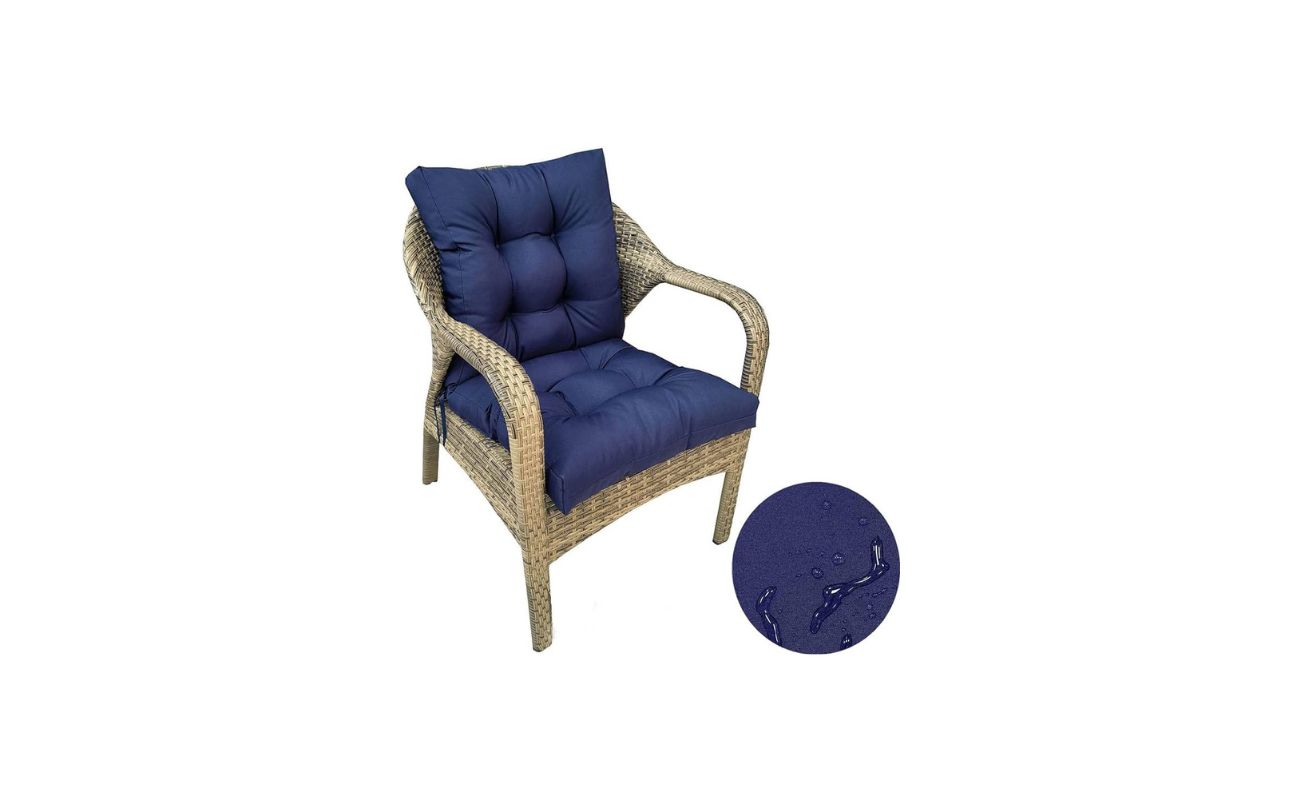

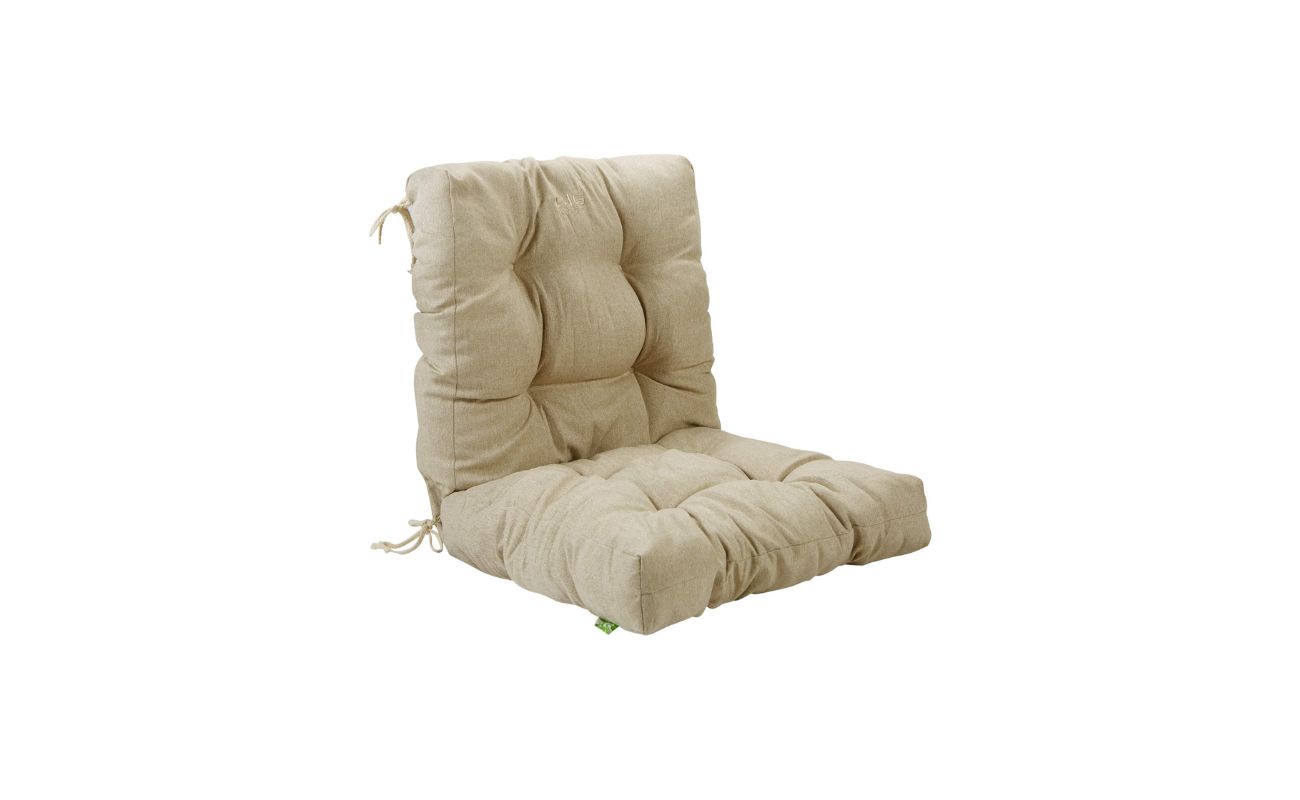
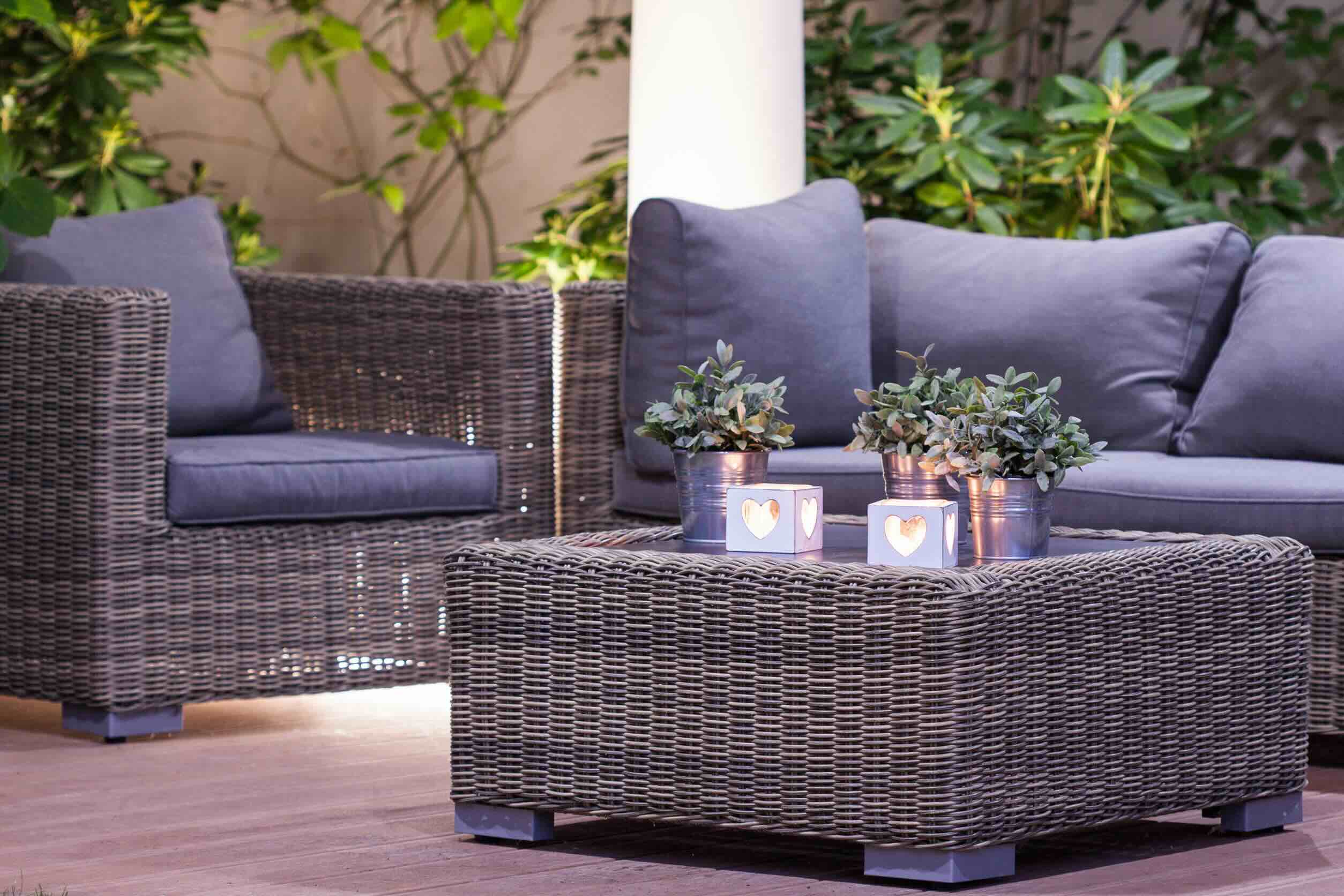
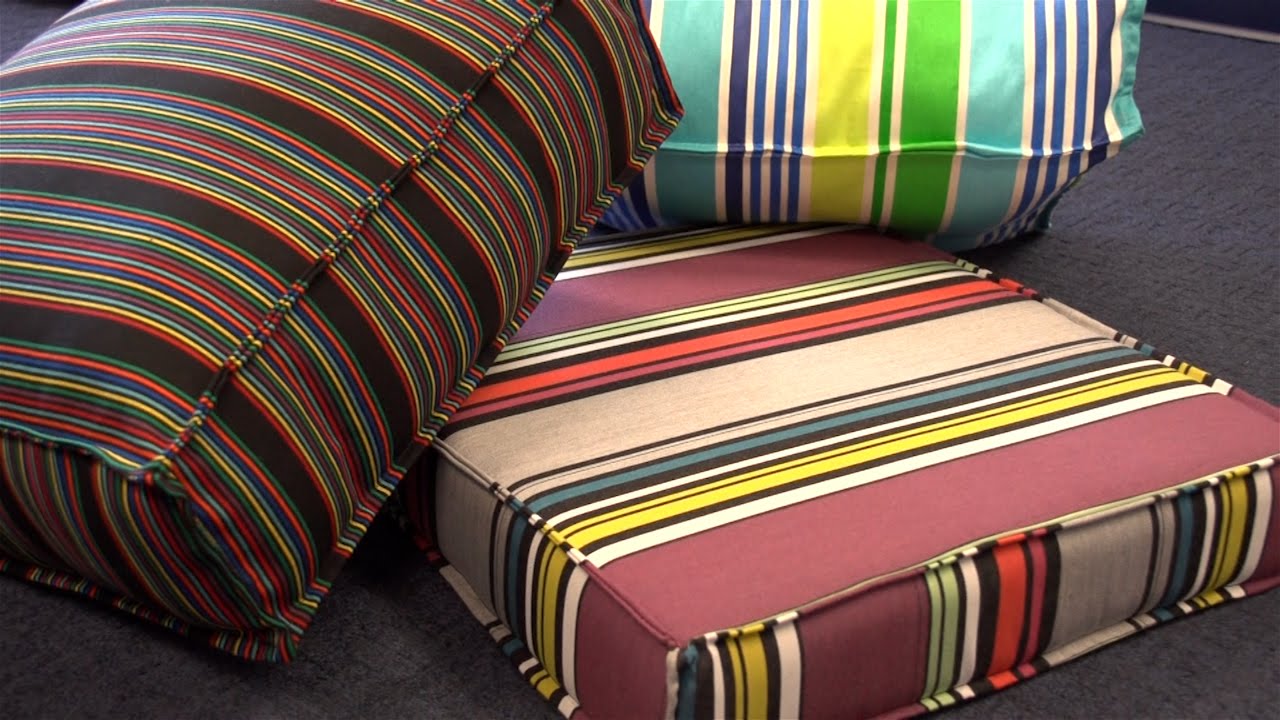
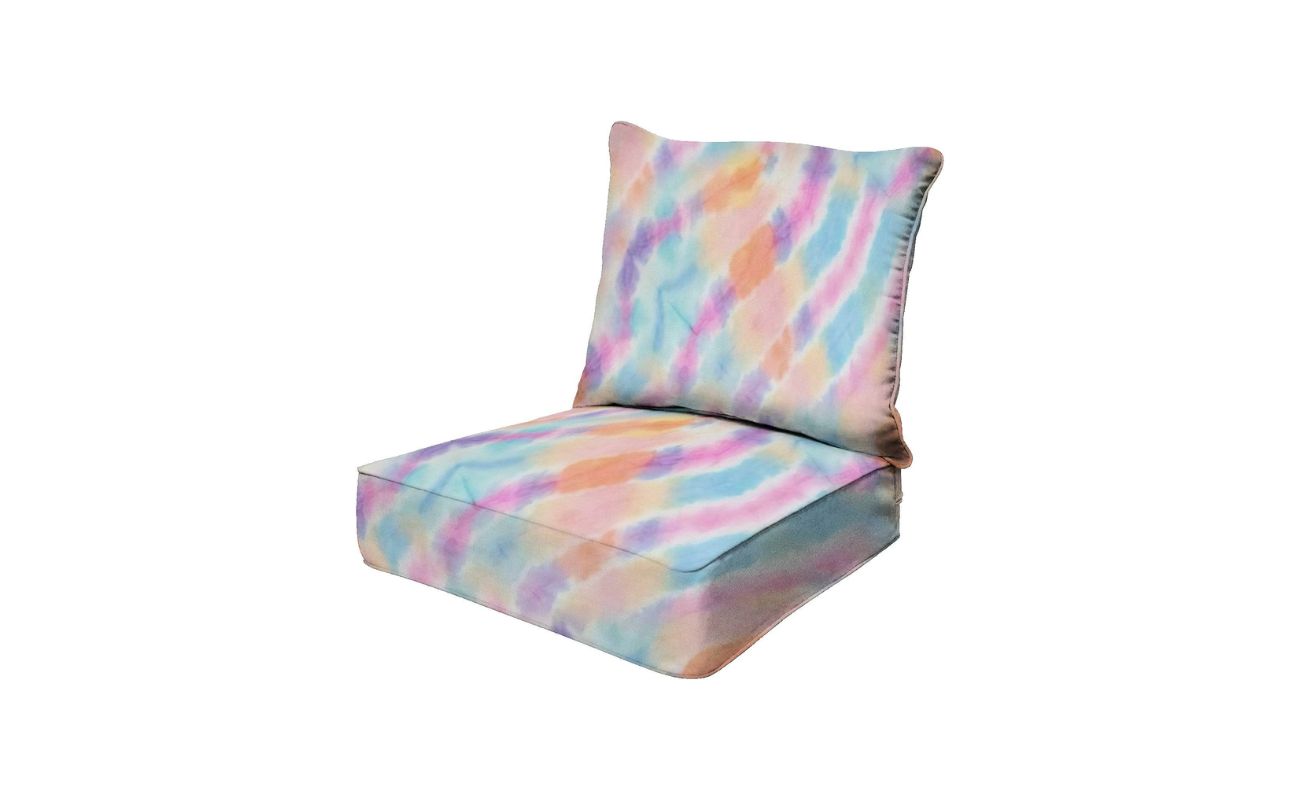
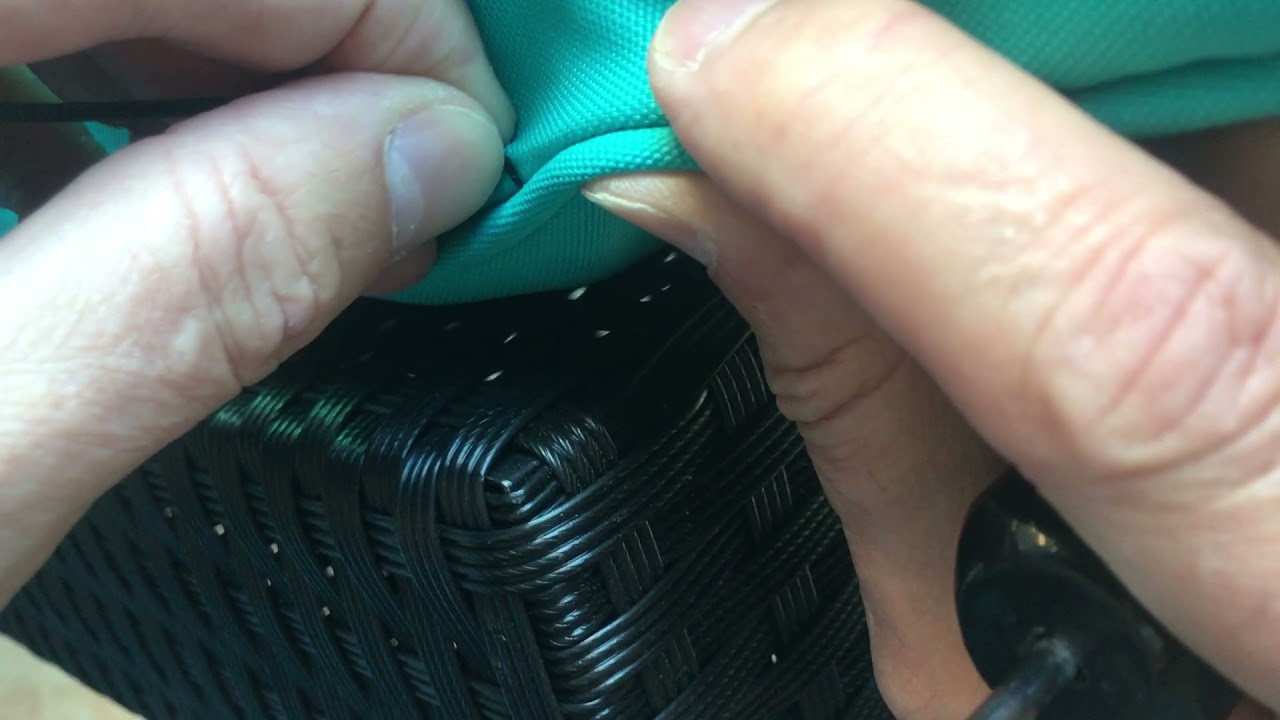
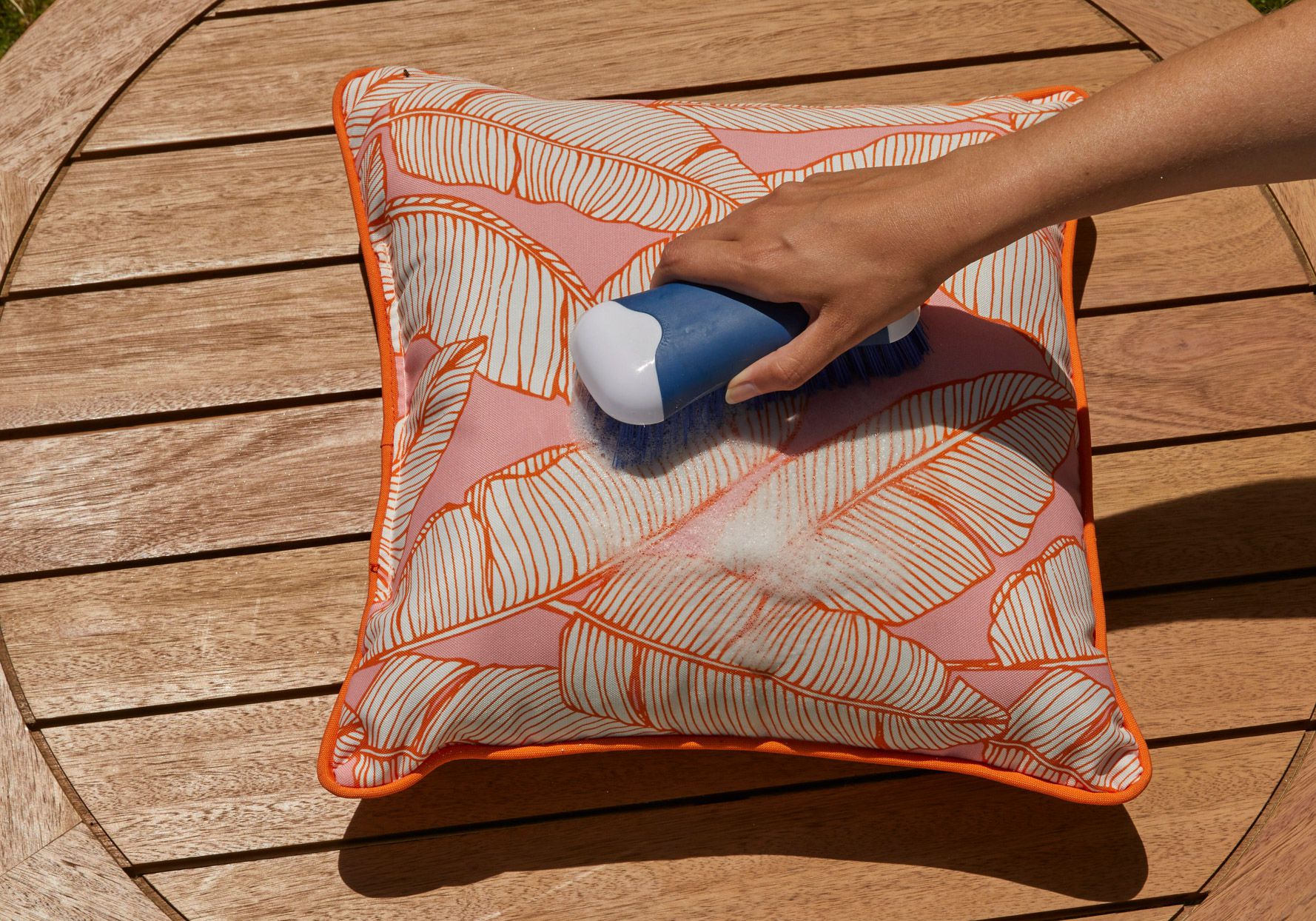
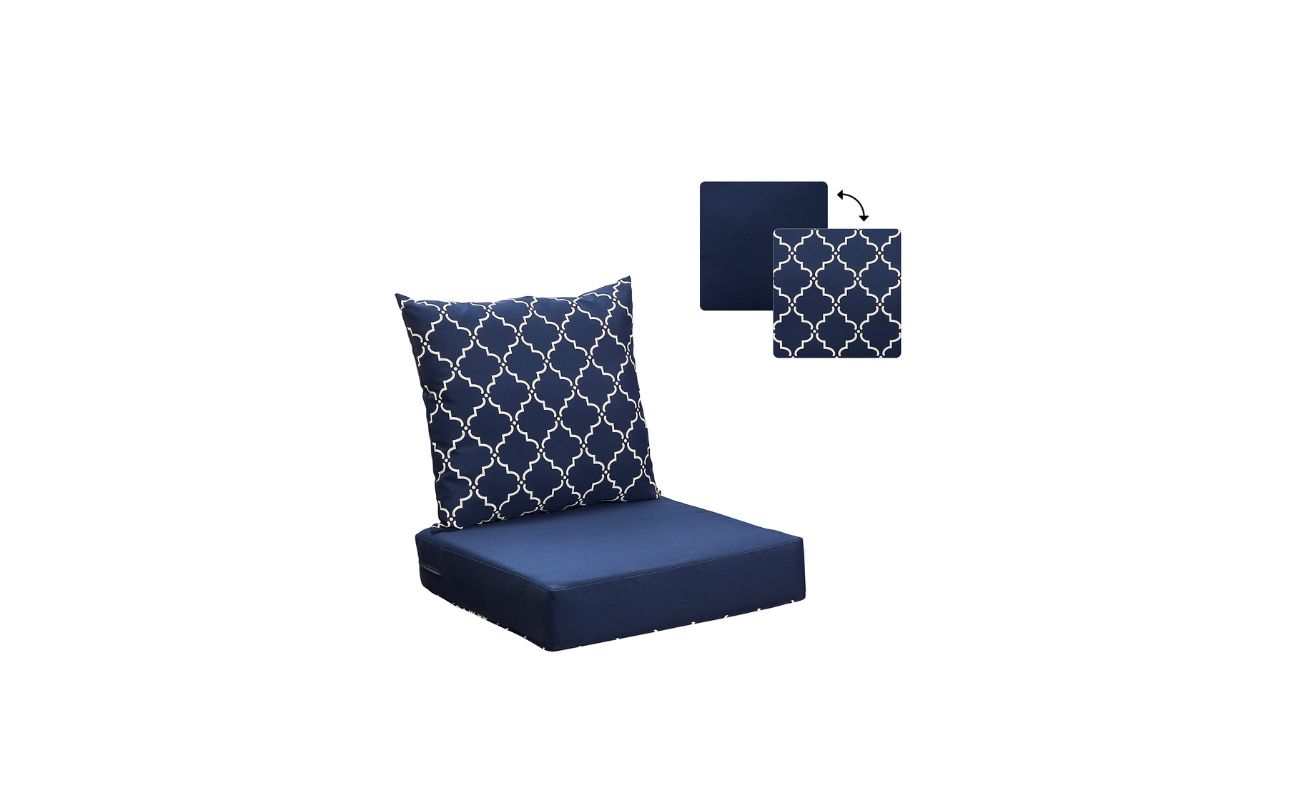
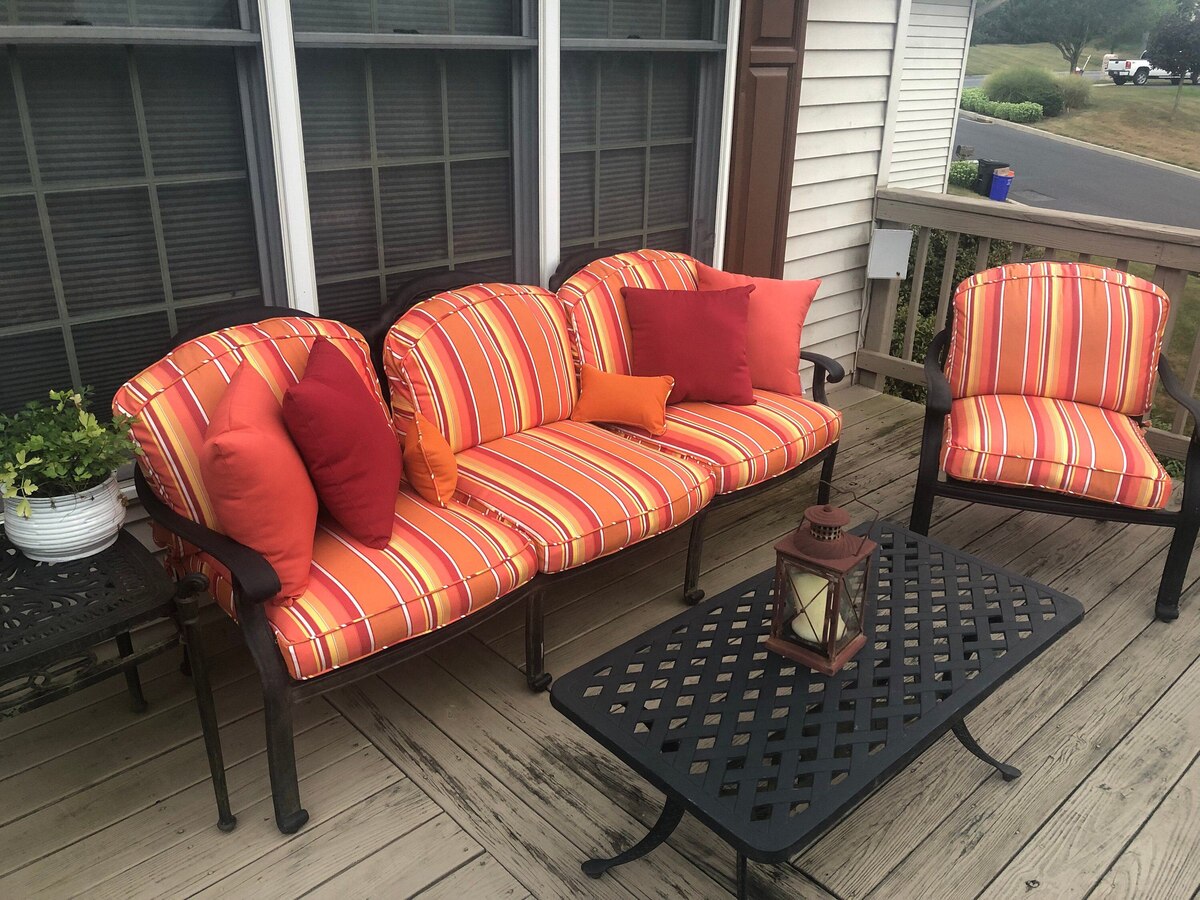
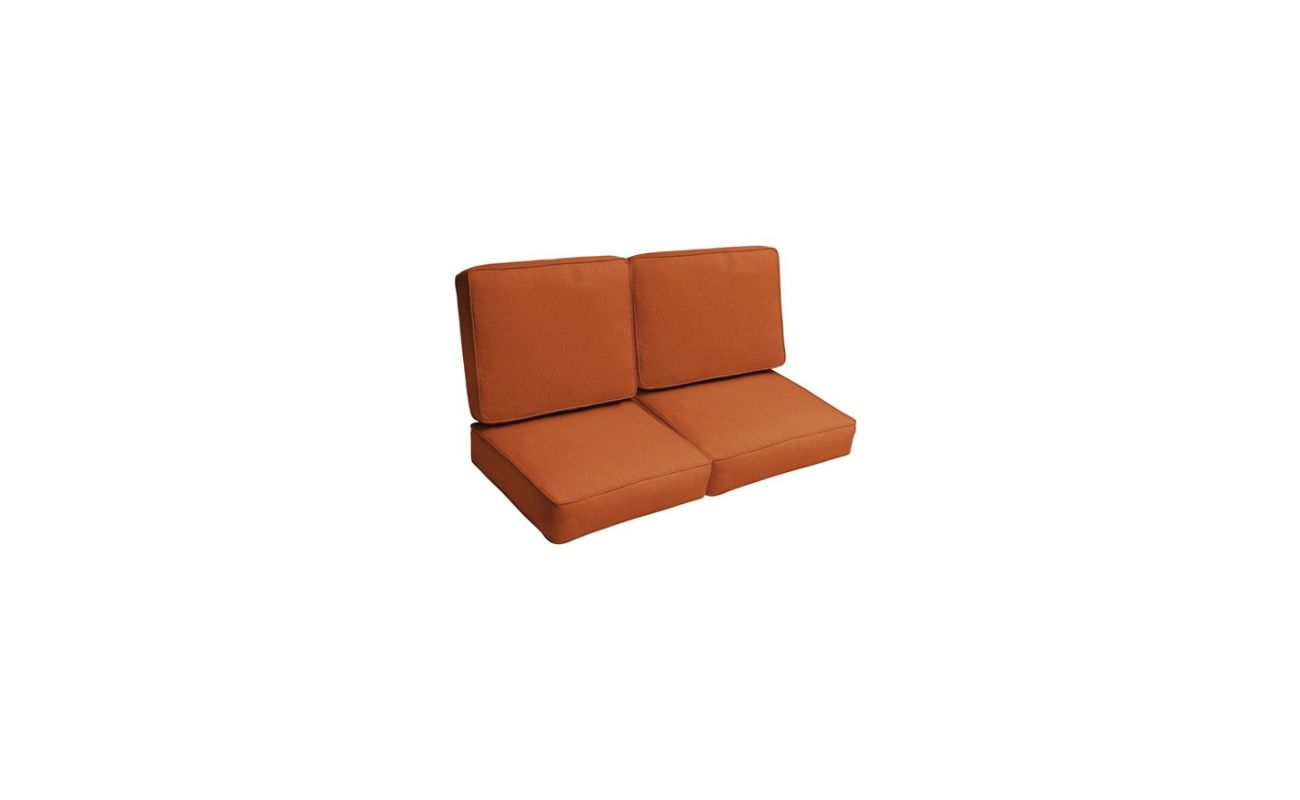
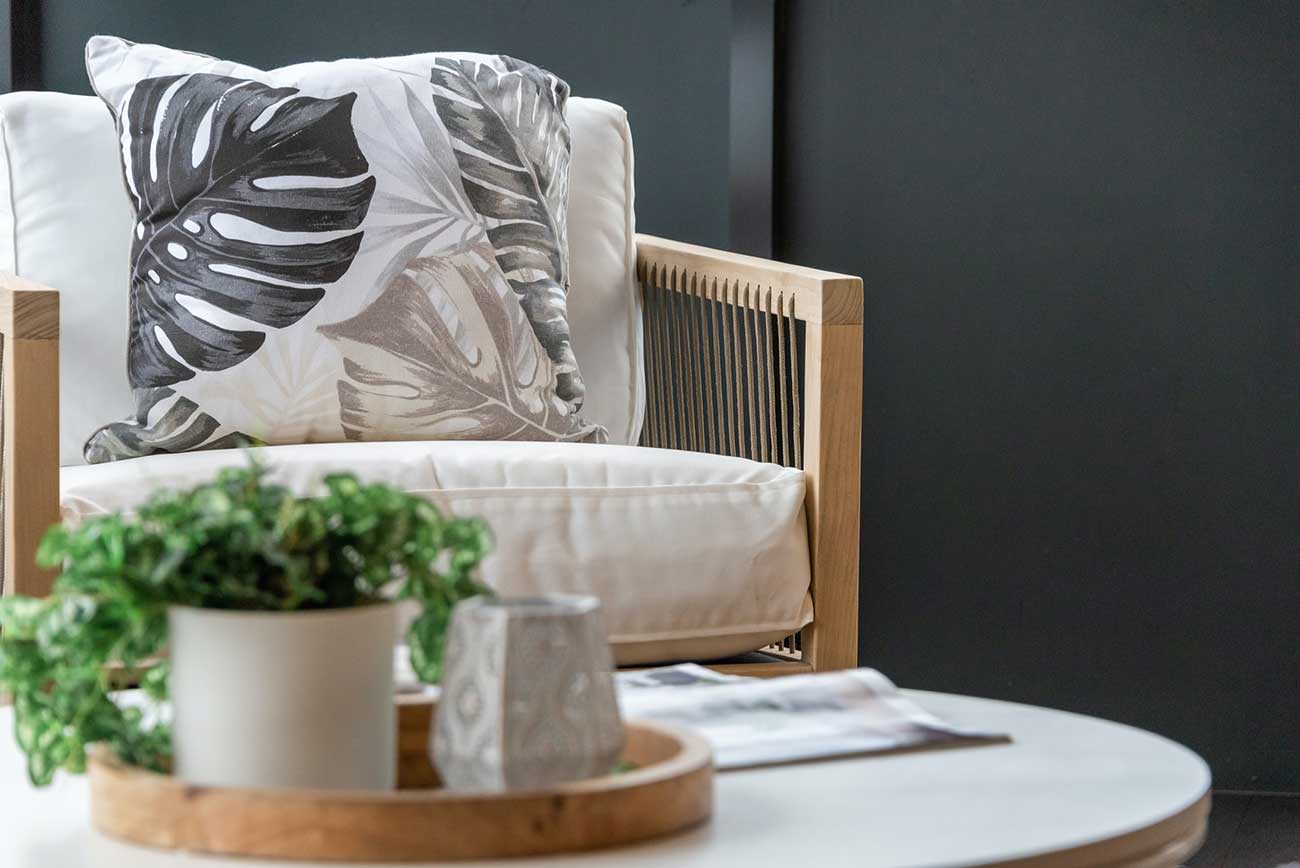
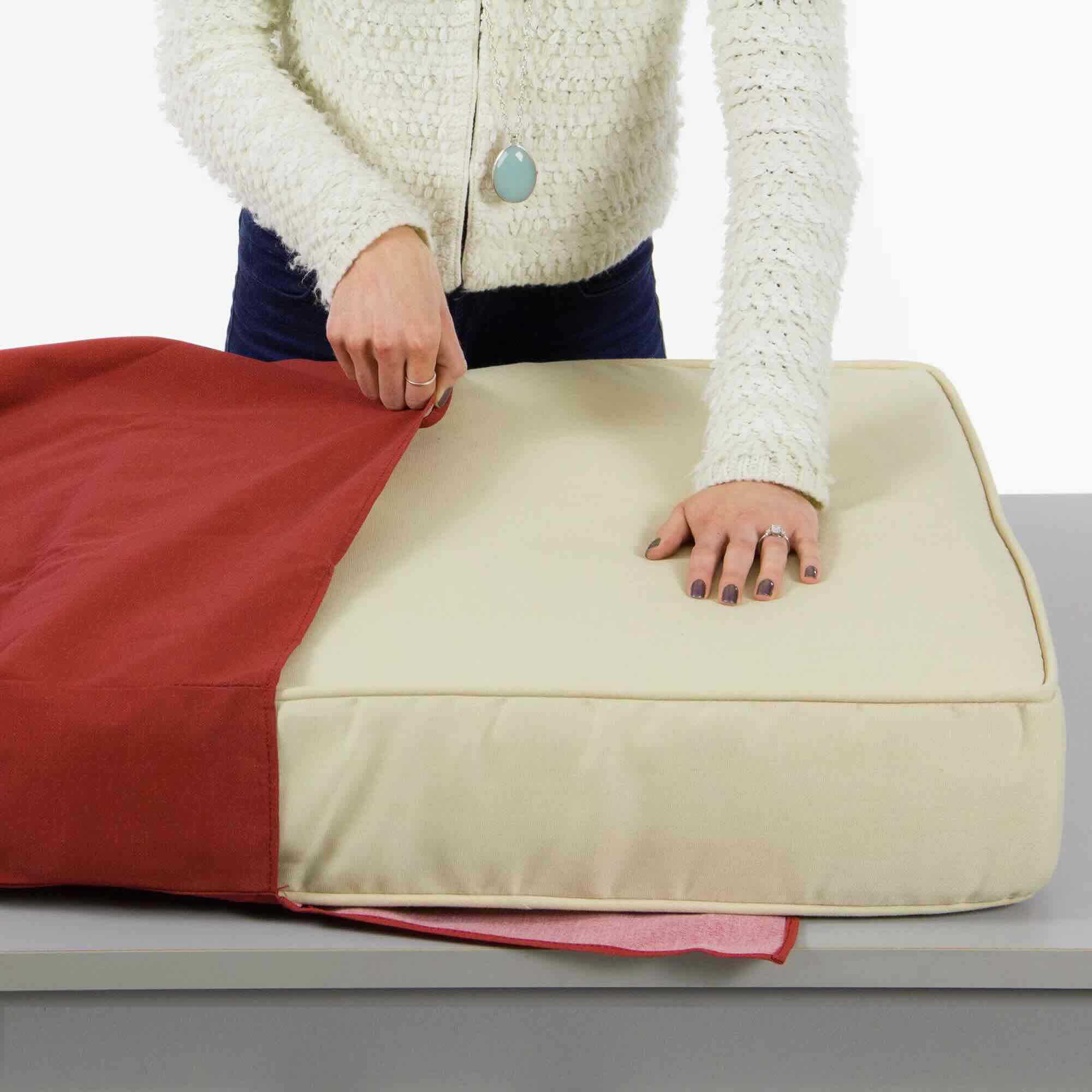
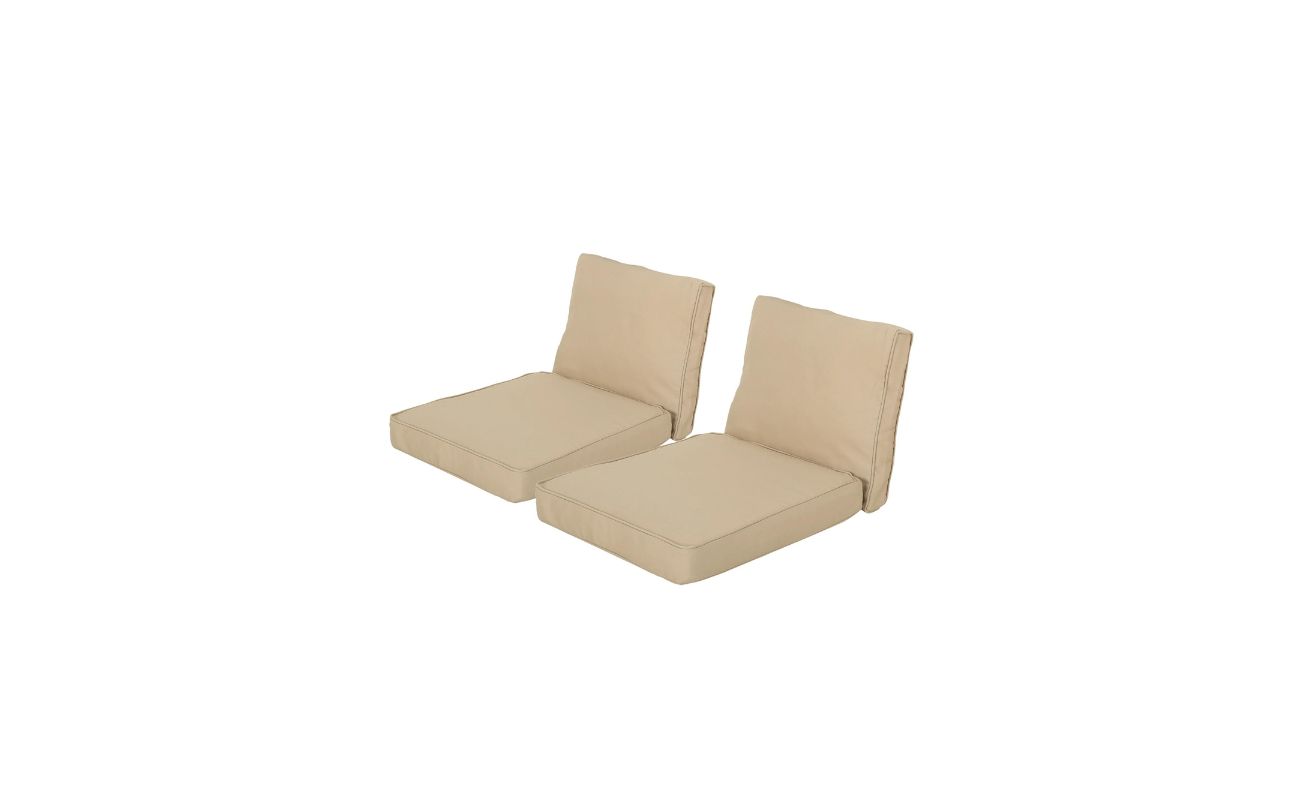

0 thoughts on “How To Store Patio Cushions In Garage”